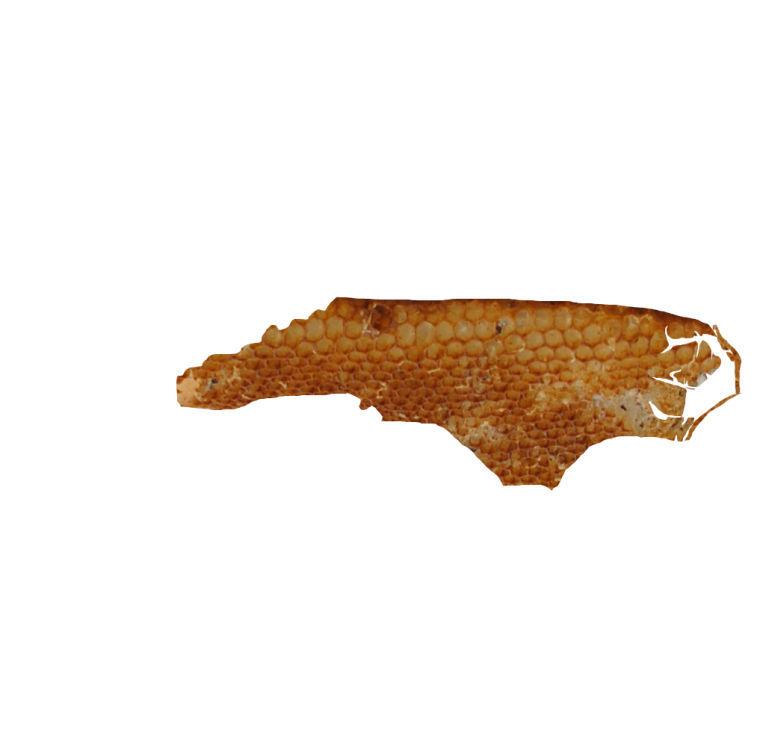During a warm front in Raleigh two weeks ago, Timothy Calabrese, junior in aerospace engineering, was puzzled to see a group of bees buzzing by the bushes beside the Atrium.
“There were at least 15 bees flying around by those bushes, and I was just surprised to see them in the winter,” Calabrese said.
The rare sighting brought Calabrese to question insect habits, and how spikes in temperature like the warm front affected them two weeks ago in Raleigh.
Luckily, University entomologists were there to help. As it turns out, honeybees’ habits don’t vary tremendously from their human counterparts, tending to embrace warmth.
David Tarpy, associate professor of entomology and honeybee expert, said what Calabrese saw could have been a honeybee species, given the temperature. Tarpy said when the temperature exceeds 54 degrees, honeybee species often emerge from their hives and resume their search for new flowers to pollinate.
Honey bees are a communal species, living in colonies. Solitary bees, like carpenter bees, are less likely to be seen in winter.
Honeybee species sleep through the winter as a colony in a state that is not technically hibernation, Tarpy said. Most solitary bee species, however, go through a kind of insect hibernation by hiding in leaf litter or other places, waiting to emerge the next spring.
Tarpy said honeybees are among the most resilient bee species and can survive in a range of habitats. In the case of quickly changing temperatures, as Raleigh has experienced this winter, honeybees would likely be the least affected.
Tarpy said bees that students see flying around campus are likely in an area that supports their scavenging preferences. If spotted, they would likely linger “in the natural areas of campus.”








